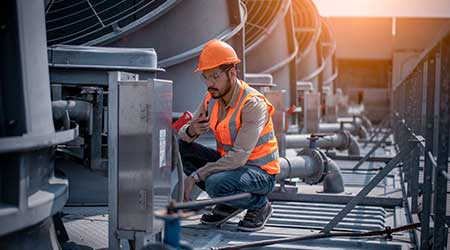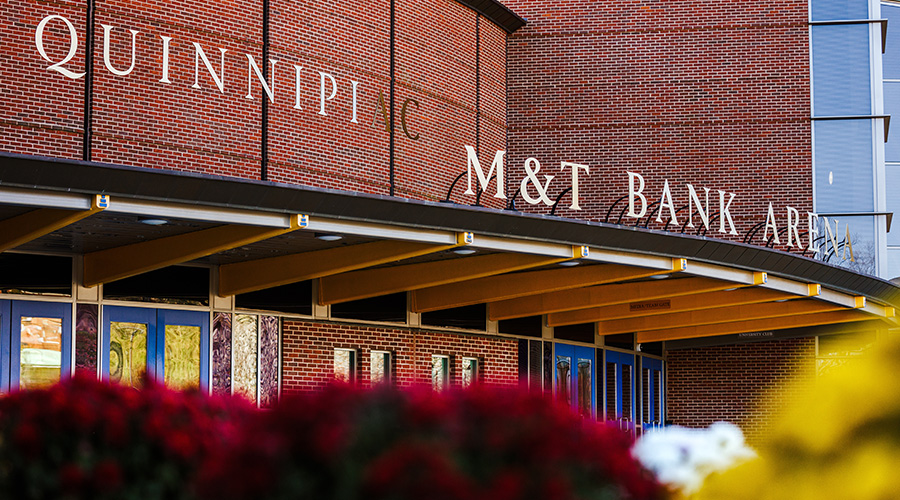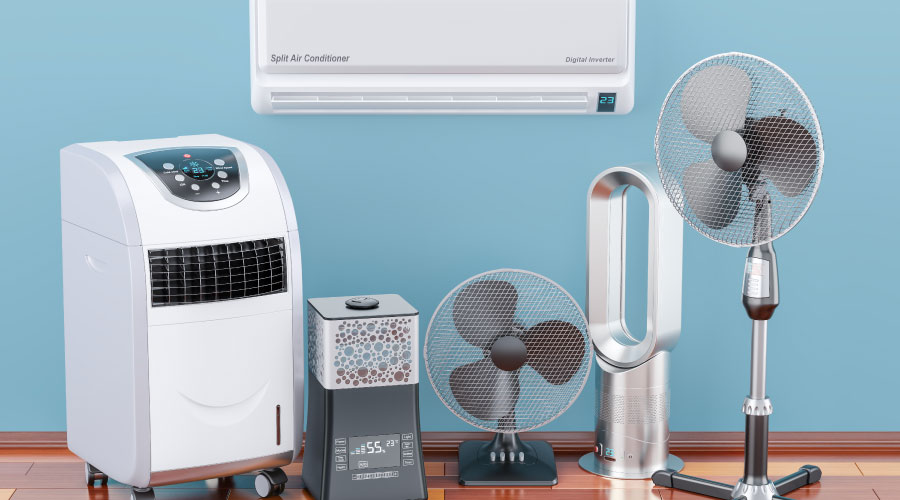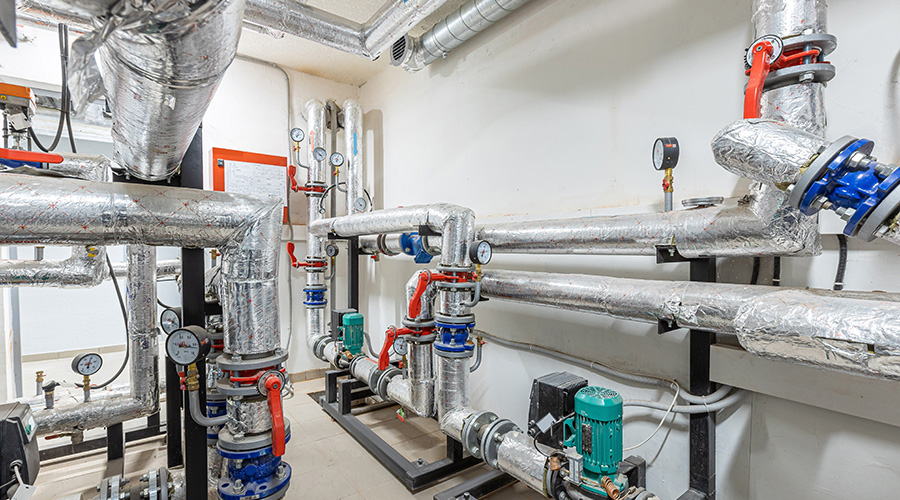Boilers and Water Heaters Go Beyond Basic Information
Boilers and water heaters used to provide only the most basic information, such as a digital readout of temperature and fault codes, to operators. Once alerted to a fault code, operators then had to consult with the owner's manual to determine issues that needed attention.
In recent years, control systems have become much more user friendly, providing more information to operators. The ability to monitor boilers and water heaters using mobile devices adds another dimension of convenience and efficiency.
"These days, boilers are expected to be smarter," says John Kopf with Weil-McLain. "For example, boilers are expected to communicate with the building automation system (BAS). New controls are expected to be plug and play, intuitive and informative."
With the goal of reducing energy use on the minds of managers, the ability to track the number of failures and errors in a system gives operators more precise information about inefficiencies and helps them find mistakes and correct them faster.
"To be able to walk up to a water heater and boiler and pull out fault code history, you can quickly pinpoint areas to look at," Schulz says. "If a unit has a history of vent problems, or condensate, blockage or igniter issues, along with the different fault codes, it just speeds up the diagnostic time for that."
Modern boilers also have made it easier to conduct staged turndowns when reduced workloads allow, or to equalize run hours between multiple boilers, to ease the demands on the lead boiler and optimize energy efficiency.
"Boiler efficiency typically runs best between 30 and 60 percent of load," Kopf says. "When you run one boiler at full load, it's less efficient than when you have two or three running at 40 to 50 percent of load."
Training Recommendations
One easy place for managers to start the training process is to ensure operators know the ins and outs of a specific boiler or water heater.
"Whoever your manufacturer is, get the basic training on how it should be installed," Kopf says. "Then (address) the piping and venting controls, and get more product-specific as you go along."
Learning to use a manometer to measure gas pressure and knowing good venting practices are also essential steps in the training process, as is developing knowledge of piping design.
"A lot of manufacturers include video testing on a number of specific products," Schulz says. "This is a great way to get a better understanding of how the controls work and how to set it up, as well as testing procedures.
"Another good tool is the service manuals. I think our industry does a relatively good job of providing detailed service manuals with detailed photos of where to test for electrical connections and how to troubleshoot. We've got pretty lengthy service manuals that are product-specific."
Gambill says proper training should include these three facets:
- Identifying the right boiler application: "There are so many different boiler models (that) explaining each model's capability is important for each different application. Have a clear understanding of the application for the right type of equipment."
- Knowing how to troubleshoot: "Once the technician knows the application, they need to be trained on how to diagnose a problem."
- Training for maintenance: "Routine scheduled maintenance training should be done at the same time troubleshooting training is conducted."
Related Topics:













